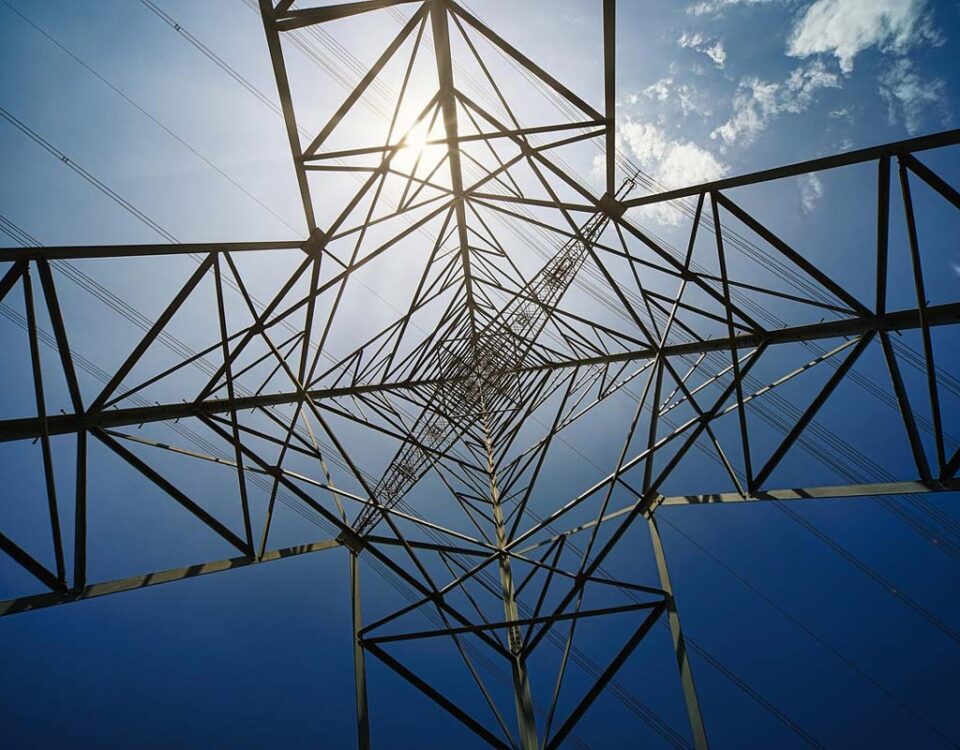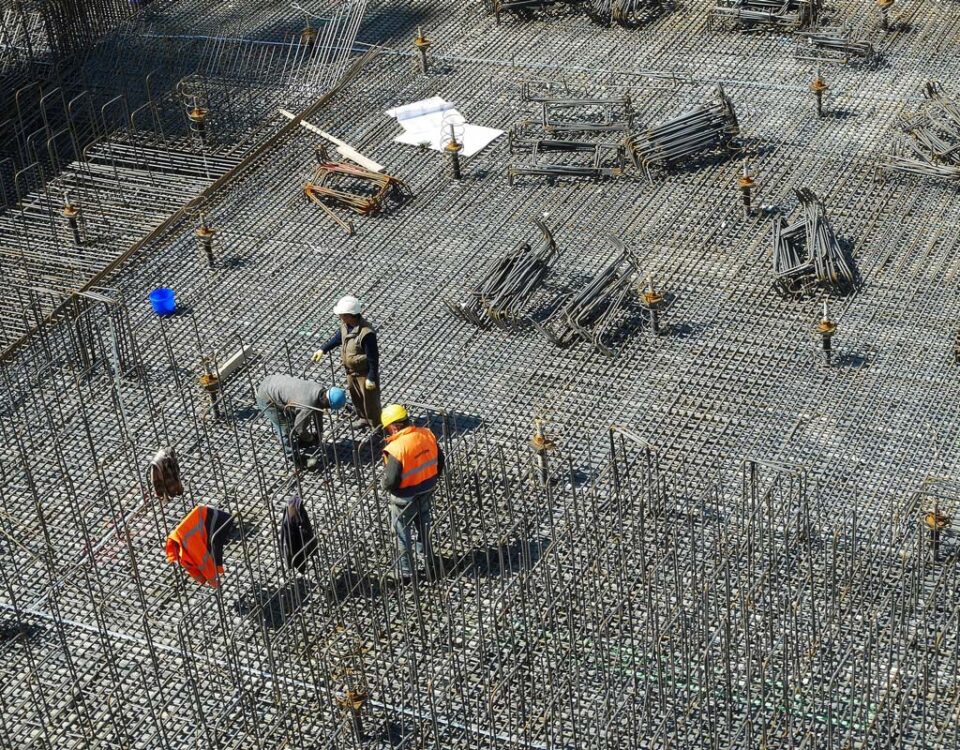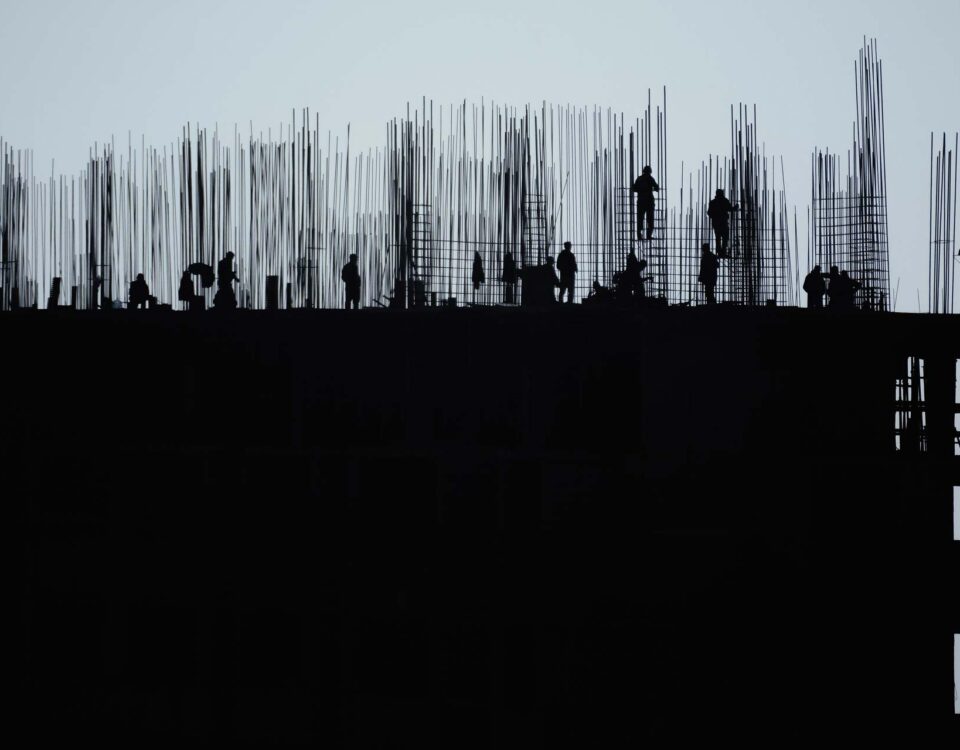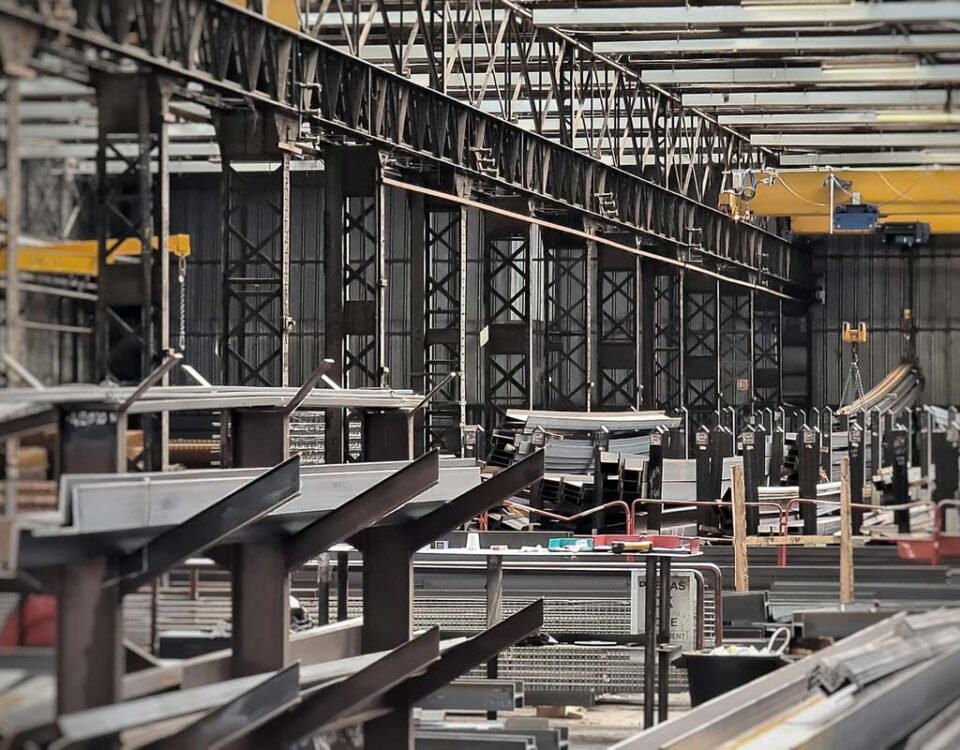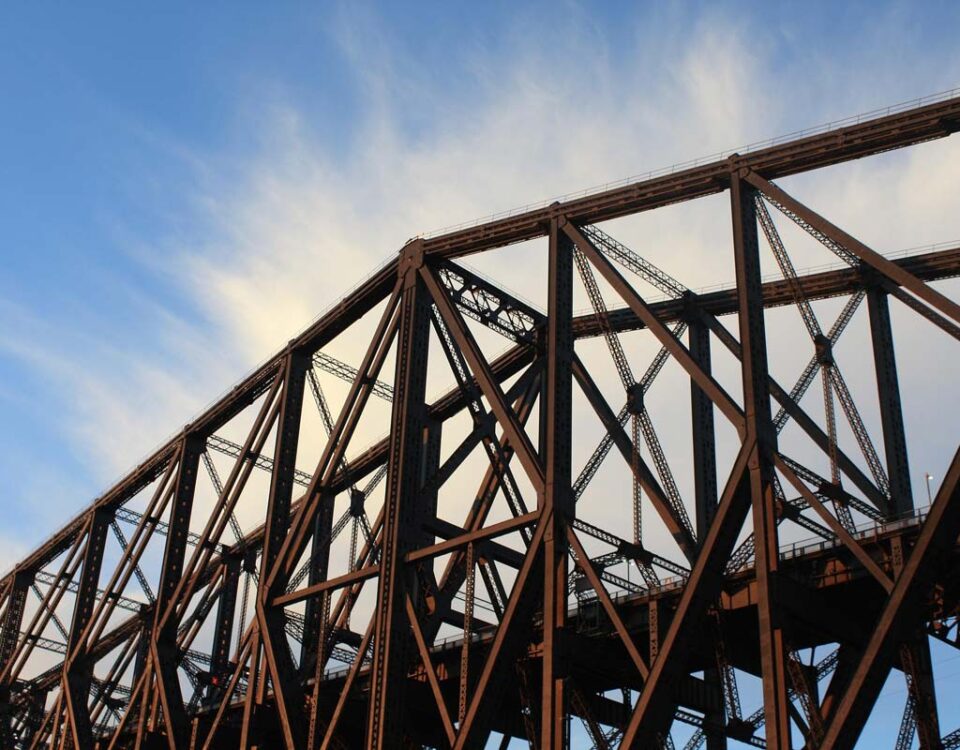In steel structure projects, financial decisions play a decisive role in overall construction success. From the very outset of cost estimation, challenges such as fluctuations in steel prices, foreign exchange rates, energy costs, and labor expenses quickly become evident.
Cost Structure
Major cost components typically include steel procurement, component fabrication, assembly, transportation, welding, and installation, all of which consume a significant portion of the initial capital. However, a pre‑fabrication approach and the use of modern manufacturing technologies considerably reduce execution time—and thereby the cost of capital lock‑up. Every day saved during construction translates into faster commissioning and earlier revenue streams, making time a critical economic factor in steel projects.
Revenue Potential
Income and profitability in such projects can be generated via multiple channels. Steel‑framed buildings often allow for taller floors or wider spans, increasing usable area and enhancing property value. High‑speed execution means the project reaches the market sooner, whether for sale or leasing—particularly important in metropolitan areas and commercial developments.
Return on Investment (ROI)
ROI remains a key metric in evaluating project viability. While initial estimates may show steel construction as more expensive than traditional methods, in practice the lower maintenance costs, complete recyclability of steel frames, and the added value of fast, high‑quality execution yield substantial positive impacts on ROI. Factors such as reduced future repair or replacement expenses, benefits from bulk purchasing and supplier negotiations, and even revenue from selling scrap steel at the end of a structure’s life or during repurposing further enhance returns.
Market & Financial Influences
Variables including real‑estate market conditions, bank financing facilities, interest rates, macroeconomic policy, taxation, and land acquisition costs all significantly affect financial outcomes. A strong project management team, precise cost control, and continuous financial risk monitoring can mitigate unforeseen expenses and improve overall project efficiency.
Conclusion
When executed with intelligent planning and robust financial strategy, a steel structure project can deliver not only superior build quality and safety but also exceptional economic returns for investors—reinforcing steel’s position as a strategic choice in modern construction.









